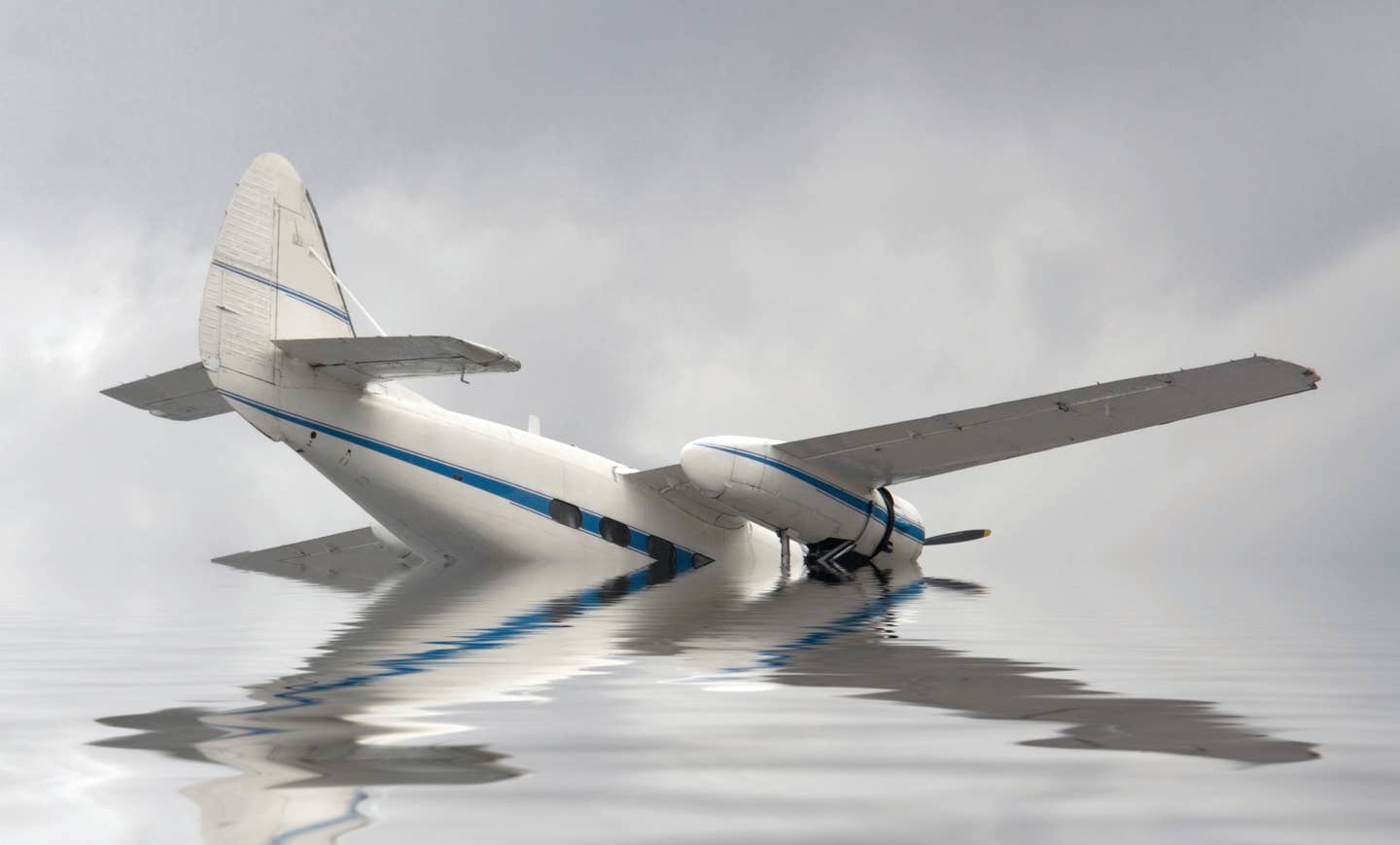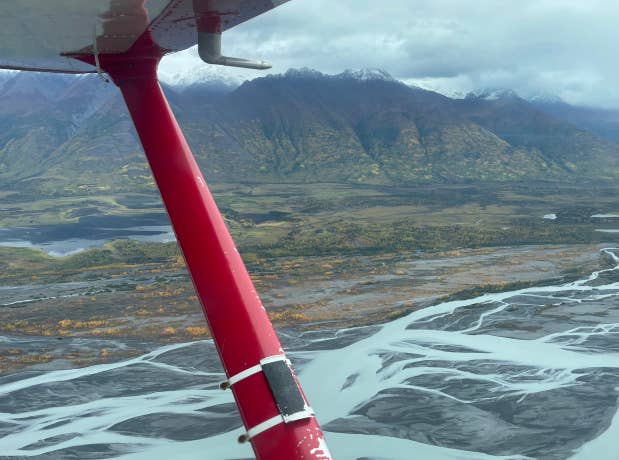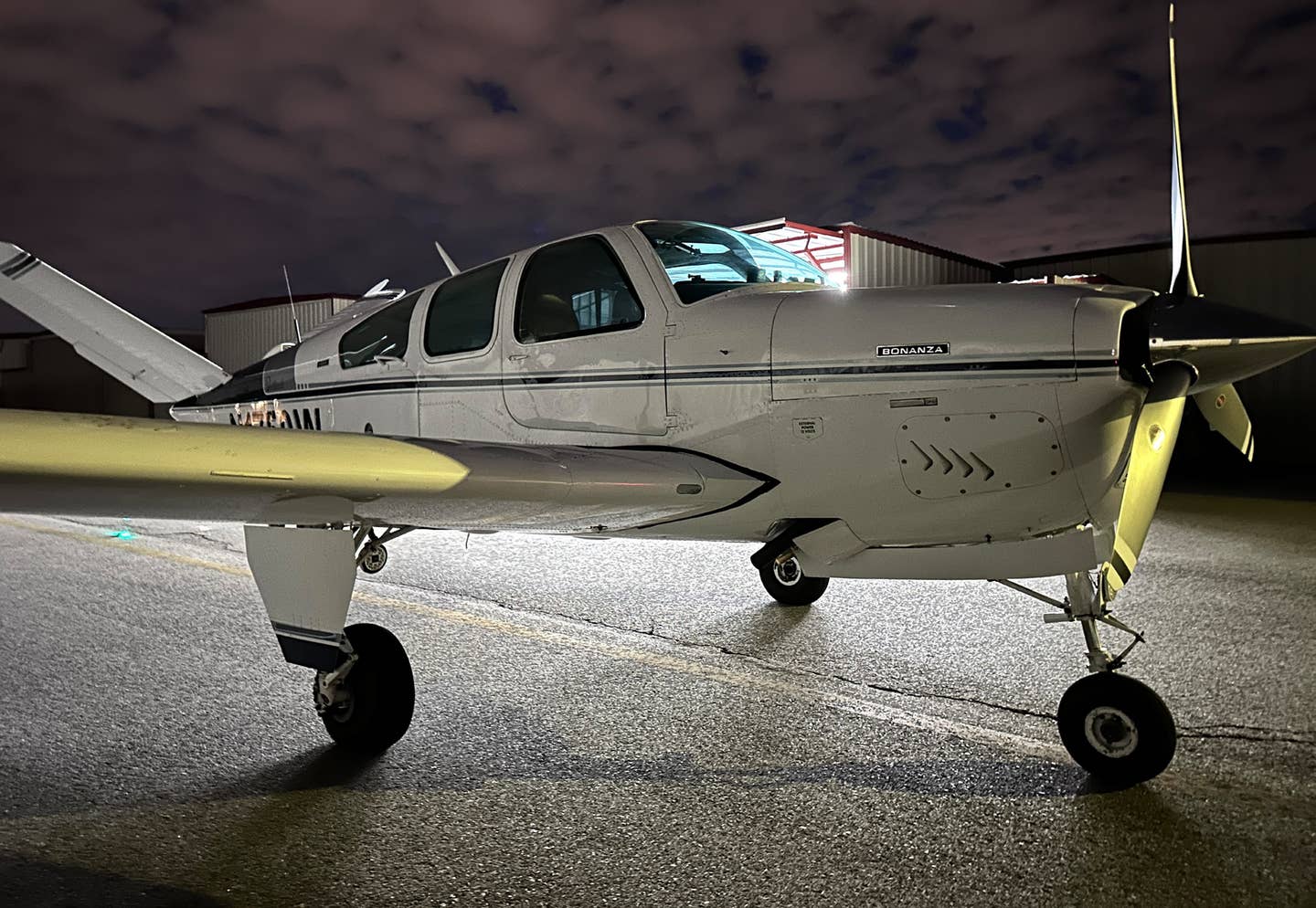The One-Time Water Landing
You can’t practice ditching a wheeled aircraft, so you must get it right.

Most information about ditching comes from interviewing colleagues who have done it. [iStock]
On January 15, 2009, approximately two minutes after takeoff from LaGuardia Airport (KGLA) in New York, US Airways Flight 1549 encountered a flock of birds. Several were ingested into the two engines, resulting in a nearly complete loss of thrust.
Out of power, altitude and options, Captain Chesley “Sully” Sullenberger and copilot Jeffrey Skiles ditched the aircraft in the Hudson River near midtown Manhattan. There were 155 souls on board. There were injuries but no loss of life, and the term “Miracle on the Hudson” was coined since it was viewed as one of the most successful ditchings ever performed.
If you're not already a subscriber, what are you waiting for? Subscribe today to get the issue as soon as it is released in either Print or Digital formats.
Subscribe NowWhat Is Ditching?
According to the Aeronautical Information Manual (AIM), ditching is defined as “a controlled emergency landing of an aircraft on water.” If the aircraft isn’t equipped with floats, it’s usually a one-time-only event, and unlike power-off landings to full stop on a runway, it is not something you can practice. But you can prepare mentally by studying what to do in the unlikely event of a water landing.
Any time you fly over water, you should be thinking about it, especially when the aircraft is beyond gliding distance of the shoreline.
Always Consider It When Flying Over Water
“Do you know how to swim?”
A pilot of the J-3 Cub asked me this the first time I took off from Runway 17 at the Tacoma Narrows Airport (KTIW) in Washington. The airport sits on a peninsula that leads onto the Puget Sound. If you have seen the 1983 movie War Games, the scene with the ferryboat and the island was shot just south of KTIW.
The pilot asked the question after I wondered out loud where we’d land if we had an engine issue. I assured him I could swim as in my teens I trained to be a lifeguard and was thrown out of boats in the middle of a lake fully clothed, with no life vest to test my skills. Until that flight all my training had been over land.
Most of my information about ditching comes from interviewing colleagues who have done it.
- READ MORE: For Those Aviators Attracted to Water
In July 2022, John La Porta, a CFI in the Seattle area experienced an uncommanded loss of engine power while flying a Cessna 150 over the water west of Seattle. La Porta was alone in the aircraft at the time. According to La Porta, the aircraft was at less than 2,000 feet when he noticed a loss of oil pressure. He was attempting to reach King County International Airport-Boeing Field (KBFI), but when the engine lost power, he knew he wouldn’t make it. He didn’t want to take a chance on flying over the hilly terrain, homes, and streets, so he set up to put the aircraft in the water next to Alki Beach.
Things happened quickly, he recalled. He tightened the lap belt and cinched the shoulder harness as tightly as he could. He did not lower the flaps to 40 degrees per the ditching instructions in the POH, but that may have been a blessing as the flaps would have possibly blocked his egress from the aircraft, which flipped over. He was upside down but couldn’t tell in the submerged aircraft.
Although the shoulder harness probably saved his life since it kept him from slamming into the panel, it also pinned him inside the airplane.
“I could not get the belts to release until the airplane’s tail settled into the water. I had one hand on the window, and I was able to sort of stretch up and take a breath of air, and then I found the lap belt and was able to get it undone. I held on to the window as I released the shoulder harness, and then I swam out of the window,” La Porta told FLYING, adding that, if he had someone else in the airplane, he’s not sure if they both would have survived because of the seat belt jamming.
After that experience, La Porta became a big believer in carrying a seatbelt cutter on his person.
Training for the Worst
When it’s more than just you in the airplane, ditching reaches a whole new level, said Amy Laboda, an ATP/CFI and FLYING contributor.
On June 14, 2001, Laboda was in her Cessna 210 with her two daughters, ages 9 and 10, their 15-year-old babysitter, and an adult family friend heading for the Cayman Islands. Shortly after takeoff from Key West International Airport (KEYW) in Florida, as the aircraft passed through 1,500 feet, there was a loud bang and a loss of engine power.
“It was the kind of sound that makes you push the nose over and start turning back,” said Laboda, adding that she drew upon her experience as a glider pilot to get the most distance out of the altitude available but quickly realized she wasn’t going to be able to make it back to land.
She declared an emergency and was cleared to any runway but had to respond, “Unable.”
“The last thing I heard from ATC was ‘services on the way,’” she said.
The aircraft came in like a bobsled, and the windscreen popped out. “It was like getting hit in the face with a fire hose,” said Laboda, noting they were lucky because the water was flat, warm, and smooth.
Laboda boasts years of experience teaching the ditching seminars for the FAA FAASTeam, and from an early age she taught her kids how to quickly put on the overwater safety gear.
“When they were little, we made a game of it,” she explained, adding that part of the preflight briefing is what to do if they had to put it down in the water.
Everyone did what they had been told to do and survived with just cuts and bruises. “There were several boats in the area, and we were in the water for less than 10 minutes,” she said.
Train to Ditch
If you have the opportunity to take a water survival course for aviators, do so. If not, chapter 6 of the AIM provides illustrations and textual descriptions of how to ditch an aircraft. There are a great many variables that result in a successful ditching.
The condition of the landing area is key. Is the aircraft coming down in rough seas or a calm lake? Does the pilot have the skill to come in at the slowest possible airspeed? Was there time to prepare?
The AIM advises stowing or jettisoning loose objects from the cockpit so they don’t become projectiles. Tighten seat belts and unlatch doors because if the aircraft frame is bent, they might jam. If you have time, jam a shoe in the door crack to prop it open.
The National Search and Rescue Manual along with the emergency section of most POHs advise pilots to attempt to bring the aircraft in at a slightly tail-low attitude—slower, the better.
Once the airplane comes to a complete stop, keep your seat belt on and reach for the door. When you have found the door and opened it, release the seat belt. It is important to stay belted until you have grasped the door handle because it helps with orientation. It’s dark underwater, and if the airplane is upside down, you won’t know it. Use the seat belt cutter if you have to—but still hang on to the door.
Once you are free of the belt, pull yourself clear of the aircraft and activate the life vest if you are wearing one. If you are underwater, blow one bubble and follow it to the surface.
Unlacing your shoes so you can kick them off easily is also a good idea because of all the articles of clothing you are likely wearing they are the heaviest and will drag you down.
This feature first appeared in the July/August Issue 949 of the FLYING print edition.

Sign-up for newsletters & special offers!
Get the latest FLYING stories & special offers delivered directly to your inbox







